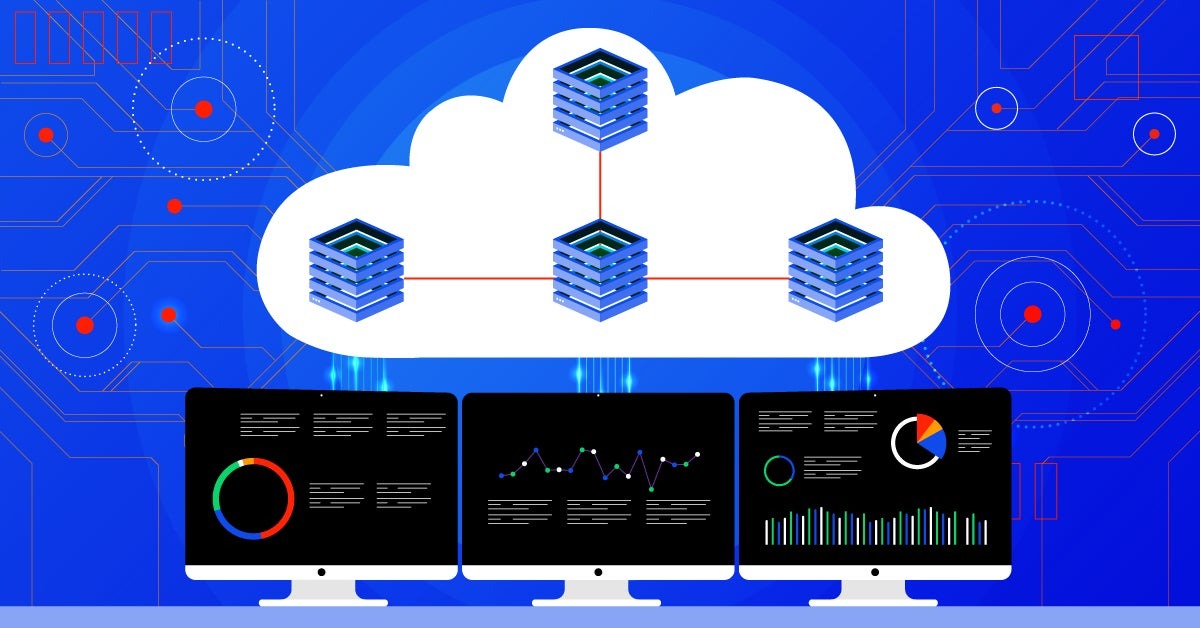Data processing is a crucial aspect of data analysis and management. There are five main types of data processing, each with its own advantages and applications. In this blog post, we will explore these types and their significance in the world of data management.
Data Collection
This is the first step in data processing, where data is collected from various sources, such as data lakes, data warehouses, or online platforms. The raw data is pulled and stored in a format that can be easily accessed and processed.
Data Cleaning and Preparation:
In this stage, the collected data is cleaned, filtered, sorted, and transformed to remove any inconsistencies, errors, or duplicates. This process ensures that the data is accurate, consistent, and ready for analysis.
Data Conversion and Formatting:
Data conversion involves transforming the data into a different format or structure, such as from CSV to JSON or relational to non-relational. This process is essential for making the data compatible with various analysis tools and platforms.
Data Analysis and Processing
This stage involves using various techniques, such as machine learning algorithms, to analyze and interpret the data. The analysis can help organizations identify patterns, trends, and insights that can be used to make informed decisions and drive growth.
Data Visualization
Data visualization is the final stage of data processing, where the processed data is presented in a visually appealing and easily understandable format, such as charts, graphs, or documents. This stage allows stakeholders to interpret the data and make data-driven decisions.
Conclusion
Understanding the different types of data processing is essential for selecting the most appropriate method for a specific task or application. By choosing the right data processing technique, organizations can optimize their data management processes, ensure data accuracy and reliability, and make informed decisions based on comprehensive and actionable data insights.

